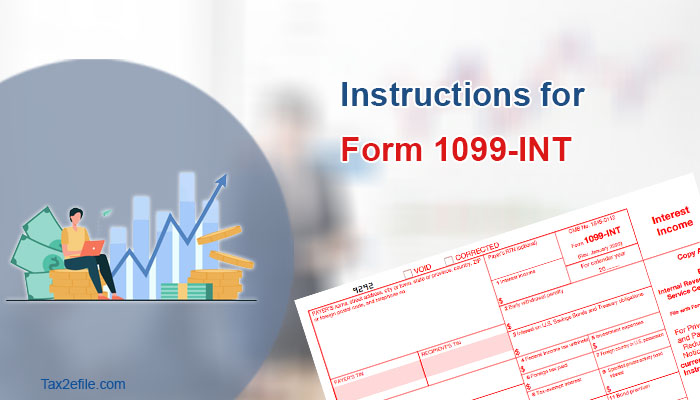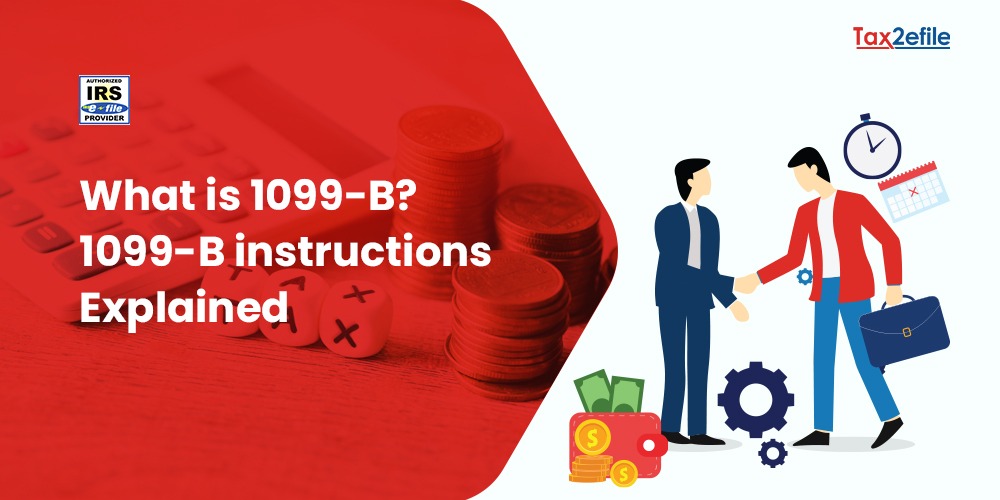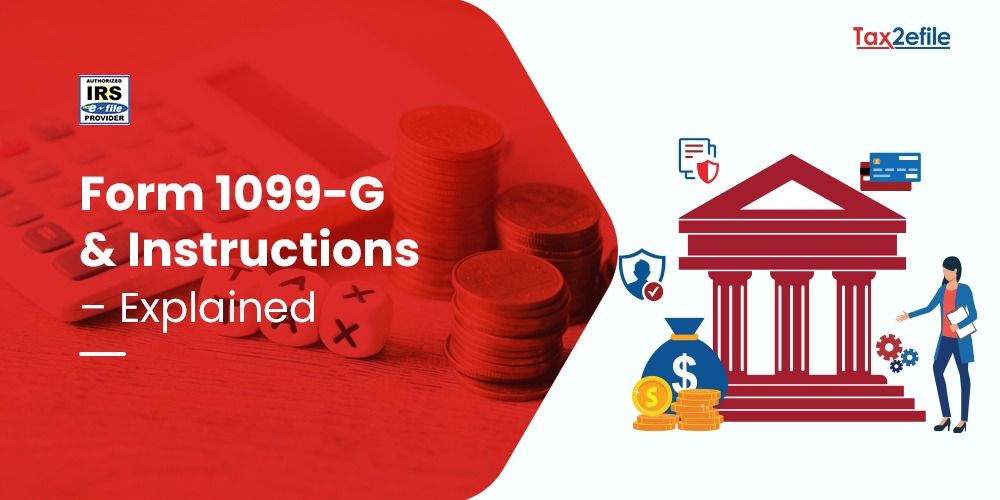- February 18, 2023

Form 1099-INT is an IRS record that shows that an entity or person has paid interest to the taxpayer during the tax year. Individuals generally receive Form 1099- INT in their mail sometime in February. Banks and other financial institutions usually send it. It is sent if an individual gets $10 or more as interest from a brokerage, bank, or other financial institution.
Table of Contents
What is a Form 1099- INT?
The IRS 1099- INT is a record that states that a person or an entity, apart from the employer, paid money to an individual. Banks generally issue this Form as it pays interest on the individual’s savings. This Form will have the TIN and the SSN of the taxpayer so that the IRS knows they have received the interest. Just receiving this Form doesn’t mean that the taxpayer owes taxes on the money.
Taxpayers will have deductions that offset the income. Taxpayers generally use this 1099-INT Form to learn how much income they have received during the tax year and the nature of their income. They will reflect it in their tax return at different places depending on the nature of the payment.
Instructions for Form 1099- INT
Financial institutions send Form 1099-INT to remit information on the interest paid and received during the tax year. The Form has several sections, but not all areas need to be filled out. The Payer’s Information section will record the payee’s name, address, state, city, country, Zip code, and telephone number. It will also report the TIN of the payer.
The section on recipient information will report the recipient’s TIN, name, contact details, and address. The issuing authority will also issue the account number of the individual. The other information about the tax Form is as follows.
Box 1: This box reports the taxable amount of interest. It includes amounts more outstanding than $10 paid to the individual’s bank deposits or savings account. Dividends from insurance companies are also included in this amount. It also has an interest of $600 or more paid during the trade.
Box 2: This box reports the amount of principal and interest forfeited because of the early withdrawal of funds. This early withdrawal should be linked to a time deposit and maturity date.
Box 3: This box reports the amount of interest earned on a specific bond, Treasury bill, or treasury note by the Government of the US.
Box 4: Federal Income Tax withheld from the interest payments is reported in this Form. If the payer doesn’t furnish their TIN on time, then a portion of the interest earned will be withheld from their payments.
Box 8: Tax Exempt interest is recorded in box 8 of the Form. This interest is generally earned through obligations issued by a state or a government entity. This amount is not included in the taxpayer’s gross income and is not taxable.
Bottom Line:
There are about 17 boxes in Form 1099-INT in addition to the areas that report information of payer and recipient. It is better to consult a tax advisor from Tax2efile to learn more about these boxes and for appropriate treatment of this tax Form.
Source: IRS


